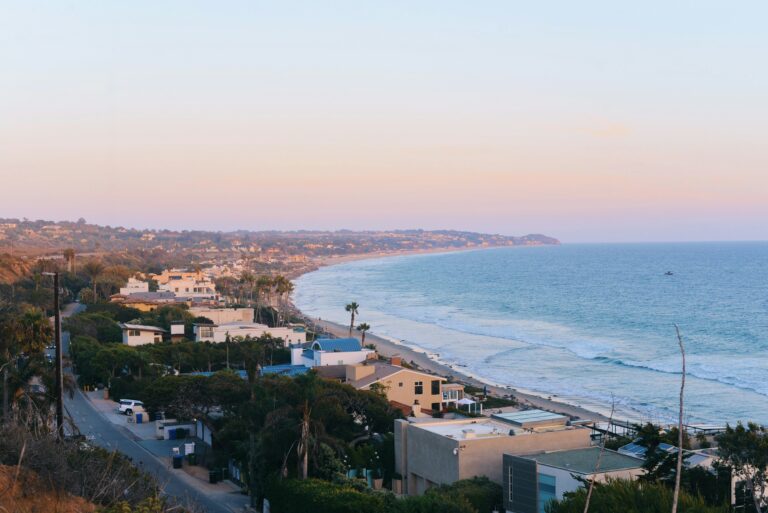
City seeks to develop a master plan regarding uses of city-owned vacant property
By Barbara Burke
Special to The Malibu Times
In a town full of families with children seeking recreation options, many have advocated that one of Malibu’s vacant, city-owned parcels be dedicated to a community center, perhaps with a public pool.
In a town full of creatives talented in a myriad of arts, many have advocated that one of Malibu’s vacant, city-owned parcels be dedicated to an arts center.
In a town full of surfers, some have advocated that Malibu establish a surf museum. This is, after all, where the surfing rage began, they note.
Now is the time to advocate vociferously and convincingly regarding how the vacant parcels owned by the city — and therefore by this community — will be used.
On Feb. 12, the City Council awarded a contract for an entity named Tripepi Smith & Associates to provide “comprehensive community outreach and engagement services,” that will be used “to identify top facility priorities and develop a master plan for the future uses of the city-owned properties,” according to a press release released by the city. The firm, the city’s press release continues, “brings a wealth of experience and expertise to the project, ensuring voices are heard and valued throughout the decision-making process.”
That presents a sort of “speak now or forever hold your peace” situation. Indeed, if residents do speak up, it also seems to implicate “the squeaky wheel gets the grease” doctrine as well.
First, the residents should assess what parcels are in play. The press release notes that, “Over the years, the City Council has sought out and secured open space properties in Malibu to ensure that they would be used for the benefit of the community and to preserve Malibu’s rural coastal village character.”
In 2016, the city purchased the 35-acre Trancas field property overlooking Zuma Beach. In 2018, the city purchased 29.24 acres of commercially zoned open space from the Malibu Bay Company as well. That purchase involved 9.65 acres located at 23575 Civic Center Way (commonly known in the community as Sycamore Village); 1.11 acres at Civic Center Way and Webb Way and the purchase of 18.48 acres located at Pacific Coast Highway and Heathercliff Road.
The press release accurately notes, “until now, there has not been an organized effort to plan for the future uses of the properties.” Obviously, the Woolsey Fire and the Pandemic delayed any such efforts.
Next Steps
There will be future meetings related to the vacant lands project and Tripepi will engage in community engagement processes and the city will announce those in due course.
However, in order to inform themselves and be heard, residents can share their ideas and questions about the future uses of city-owned vacant parcels and receive updates on the projects by emailing Deputy City Manager Alexis Brown at ABrown@MalibuCity.org. View the City Council discussion here:
youtube.com/live/jmfd6t6ghgA?si=AU6k5m9UQck_sBII&t=20913.
The staff report is here:
malibucity.org/AgendaCenter/ViewFile/Item/6519?fileID=59274.
“Plans for the future uses of the city-owned vacant properties must include robust community engagement,” Malibu Mayor Steve Uhring said, adding, “We are committed to fostering transparent and inclusive dialogue with our residents. We want the community to really get involved. We aim to ensure that our residents have ample opportunities to contribute their insights and ideas so that the City Council can make informed decisions that reflect the values and aspirations of Malibu.”
This land is our land, as it was purchased for this community. Therefore, residents should voice their concerns, suggestions and solutions loudly and often regarding how the parcels will be utilized because, as the old saying wisely notes, “invest in land, they’re not making much of it anymore.” A corollary to that principle is relevant in this circumstance, “be informed about how the limited land of your community could best be utilized for all in the community.”